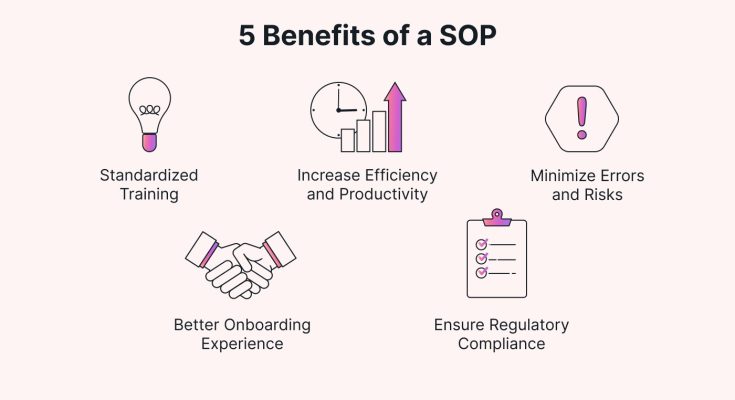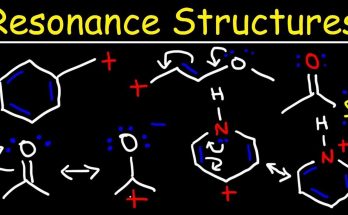In almost every growing business, there exists a hidden vulnerability known as “tribal knowledge.” These are the critical, unwritten rules and processes that live only in the minds of a few key employees. It’s the specific way your top salesperson nurtures a lead, the unique method your operations manager uses to reconcile inventory, or the subtle steps your best customer service agent takes to de-escalate a complaint. While this expertise is invaluable, relying on it is a high-risk strategy. When that knowledge is not documented, its departure can cripple a team, leading to chaos, inconsistency, and inefficiency. This is where the strategic implementation of Standard Operating Procedures (SOPs) transforms a business from a collection of individual efforts into a cohesive, high-performing engine.
The decision to formalize processes is often born from the pain of inconsistency. When there is no standardized playbook, the quality of your output becomes a lottery. A client interacting with your business in Singapore might receive world-class service one day and a confusing, subpar experience the next, depending entirely on which employee they happen to engage with. This variability erodes brand trust and customer loyalty. Internally, the lack of clear procedures leads to wasted time as team members reinvent the wheel for routine tasks or spend hours trying to get answers that should be readily available. This inefficiency acts as a direct barrier to growth. You cannot effectively scale a business, train new hires, or expand to new markets when your core operations are ambiguous and dependent on the memory of a handful of individuals.
Crafting an effective SOP is less about rigid rule-making and more about collaborative clarification. The process should not be a top-down mandate dictated by a manager in isolation. Instead, it must involve the very people who perform the tasks every day. Their hands-on expertise is the most critical ingredient for creating a procedure that is practical, accurate, and reflects real-world conditions. By engaging these experts in the documentation process, you not only ensure the quality of the SOP but also foster a powerful sense of ownership and buy-in from the team.
A well-structured SOP begins by answering the fundamental question of “why.” Before detailing the steps, it should clearly state the purpose and desired outcome of the procedure. This context is vital; it transforms a list of instructions into a meaningful part of a larger mission, helping employees understand how their specific task contributes to the company’s success. The language used must be a model of clarity and simplicity, avoiding industry jargon wherever possible. The true test of a great SOP is whether a newly hired employee, with only basic training, can follow it and consistently achieve the intended result. For instance, an SOP for processing a customer refund should walk the user through every distinct action, from locating the original order and verifying eligibility to issuing the credit and sending a confirmation email, leaving no room for guesswork.
To be truly effective, SOPs cannot be static documents gathering digital dust on a server. They must be living, breathing components of your company’s culture and daily workflow. This begins with making them easily accessible from a centralized location, such as a company intranet or a shared digital workspace. In a fast-paced business environment, no one has time to hunt through nested folders for an outdated document. They need a single source of truth they can rely on. Furthermore, these procedures must be deeply integrated into your training and onboarding processes, establishing them as the standard way of working from an employee’s very first day.
Perhaps most importantly, you must foster a philosophy that views SOPs as evolving documents. Markets change, technology advances, and better methods are discovered. Encourage a culture of continuous improvement where employees feel empowered to suggest updates and refinements to existing procedures. By scheduling regular reviews, perhaps quarterly or annually, you ensure that your documented processes remain relevant, efficient, and aligned with your current business goals. This prevents them from becoming the obsolete, bureaucratic artifacts that give SOPs a bad name, and instead positions them as a dynamic tool for agility and innovation.
Ultimately, the creation of Standard Operating Procedures is an investment in empowerment. By standardizing routine tasks, you free up your team’s most valuable resource: their mental energy. Instead of wrestling with ambiguity in their daily work, they can dedicate their focus and creativity to higher-value activities like complex problem-solving, strategic innovation, and building deeper customer relationships. SOPs provide the clarity and consistency that allow a business to not only run efficiently but to scale confidently, ensuring that excellence is not an occasional accident but the standard, repeatable outcome of your operation.



